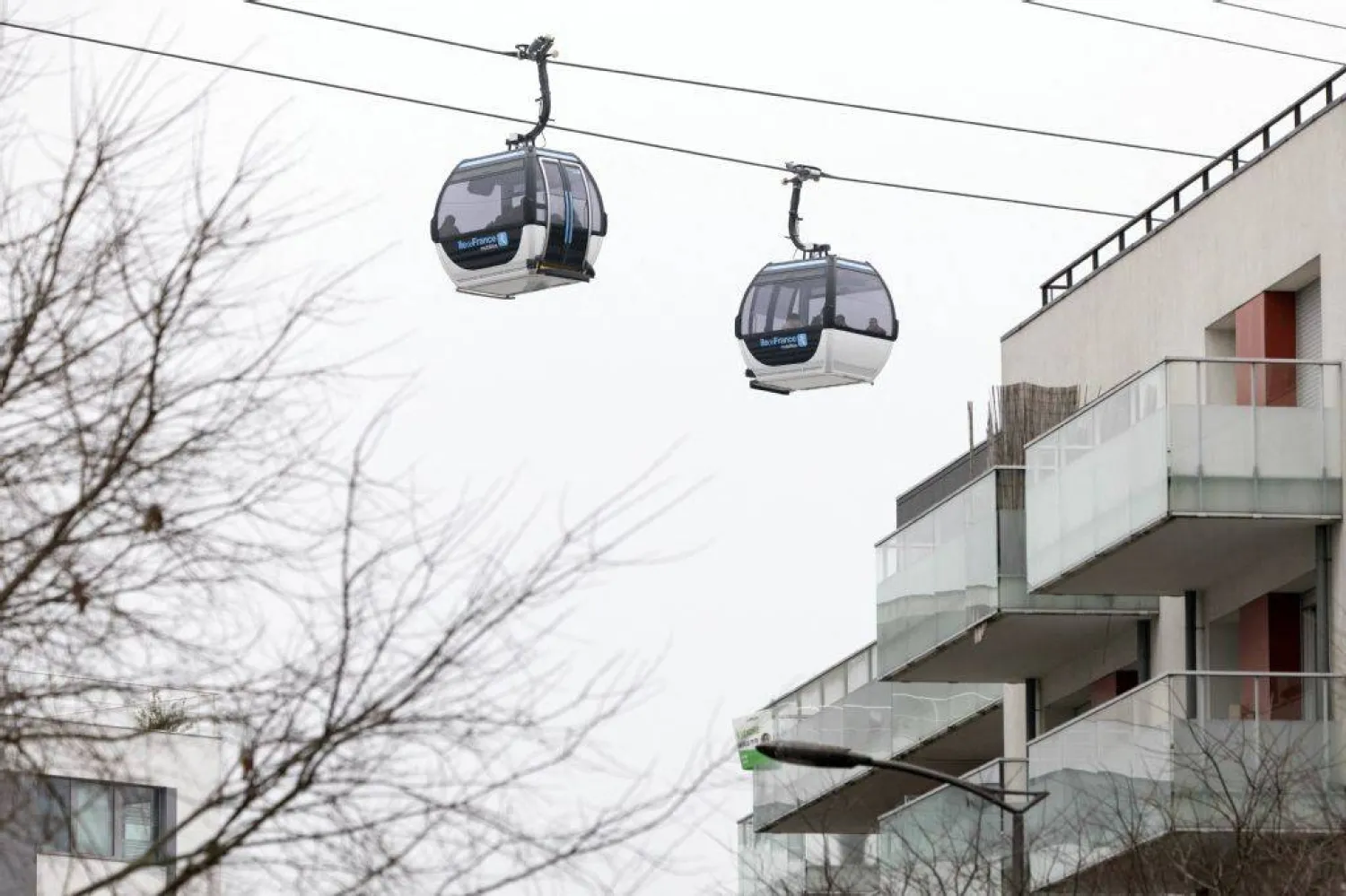For nearly two millennia, the Little Theater of Epidavros lay underground, The Guardian reported. Its engraved seats, concentric and tiered, belonged to a world of roots; in this case the roots of an olive grove owned by Christos Zafiris, a local farmer.
“They say that had it not been for pigs digging at the soil, we might never have known of its existence. Until the appearance of the stones in 1970, the theater was a secret hidden under the earth for 18 centuries,” says Prof Vassilis Lambrinoudakis.
The classical archaeologist, renowned for his work at Athens University, has spent more than four decades ensuring the chance find would not go to waste. Excavations have not disappointed. Inscriptions discovered at the site, on the slopes of a peninsula overlooking the sea, have shed light on the history of those who may have commissioned the theater. Evidence of multiple phases of construction, starting in the mid-fourth century BC, have further illuminated the ancient city of Epidavros that once surrounded the architectural gem.
For those who flock to the resurrected theater’s festival every July, the venue, roughly 95 miles south-west of Athens, rivals its slightly younger but much more famous sister, the 12,000-seat ancient playhouse barely 10 miles away long regarded as Greece’s best theater acoustically and aesthetically.
“It’s among our top 10 20th century finds. More than any other remnant of the past, ancient theaters speak to us. They contain a message of life that modern society has a thirst to share. It is our duty to bring them alive,” says Lambrinoudakis, a sprightly octogenarian pointing to the Little Theater’s upper tiers.
In a country as culturally rich as Greece, ancient arenas, like other antiquities, are no stranger to abandonment and decay. Overstretched budgets, an unwieldy bureaucracy and public oversight have all been blamed for ruins falling victim to the ravages of neglect and time. But officials are now on a mission to revive the monuments. And, with the aid of private sponsorship and EU funds, headway is being made.









